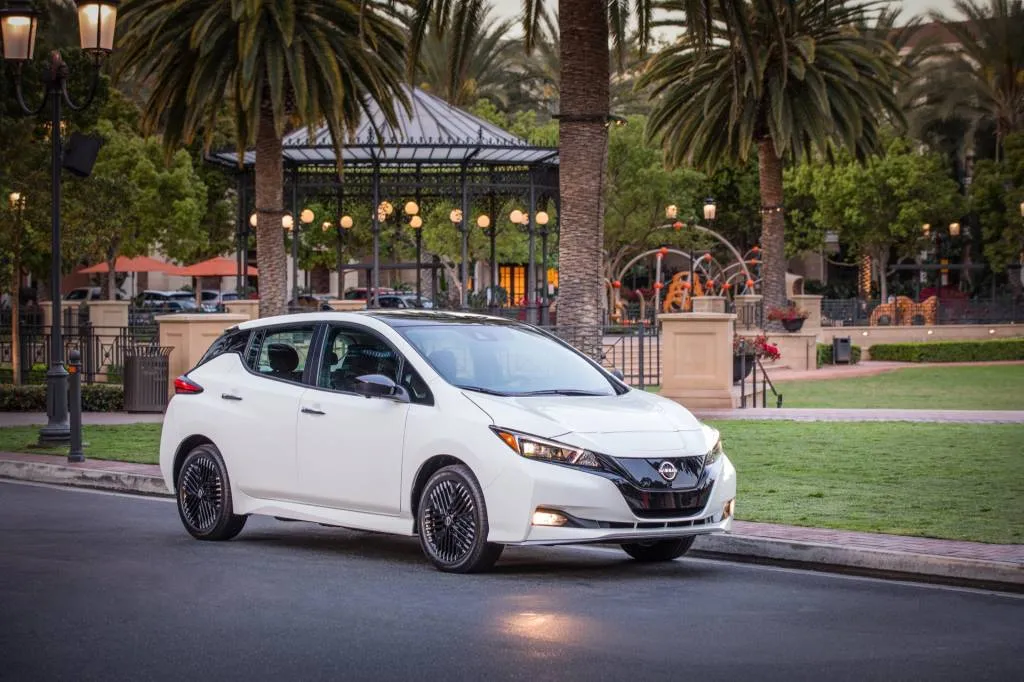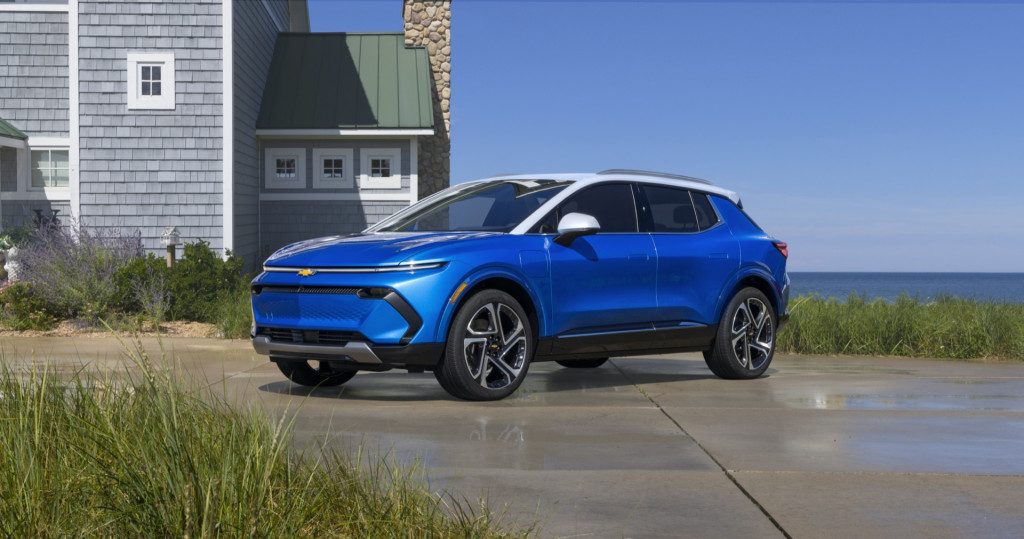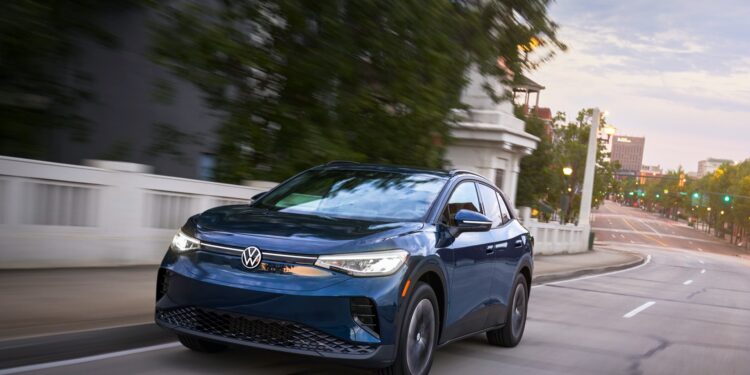California announced this week that it will recast a major EV incentive program to focus on middle- and low-income drivers.
In late 2023, the California Air Resources Board (CARB)—which oversees the state’s EV incentives and emissions rules—will expand the existing Clean Cars 4 All program statewide as a replacement for the Clean Vehicle Rebate Project (CVRP), according to an agency press release.
Unlike the CVRP, the Clean Cars 4 All program considers applicants’ income. In its expanded statewide form, the program will offer up to $12,000 to California residents who scrap and replace older, higher-polluting vehicles with cleaner alternatives, or up to $7,500 for qualifying residents who aren’t replacing a vehicle, as well as “affordable financing options,” the release said.

2024 Nissan Leaf
The CVRP will continue accepting applications while funding remains available. The Clean Cars 4 All program will also continue in its current form until the CVRP expires, offering up to $9,500 toward a new vehicle or $7,500 toward “transit or other shared mobility options” to residents in California’s five clean-air districts.
Since its launch in 2010, the CVRP has issued half a million rebates totaling $1.2 billion, at an average of about $2,500 per rebate, according to CARB. It was always intended to be a limited-duration program, though, and in recent years CARB has tried to limit the number of rebates going to the highest-income drivers with income and MSRP caps.
The CVRP is separate from the California Clean Fuel Reward (CCFR) incentive program, which has been temporarily cut. While the CVRP requires a separate application after purchasing or leasing a vehicle, the CCFR is a point-of-sale rebate that was available immediately. It also doesn’t have income or MSRP caps.

2024 Chevrolet Equinox EV
One in four new vehicles in California is now an EV or plug-in hybrid, but that means the state still has a long way to go meet a goal of making all new vehicles have charge ports by 2035. That will partly depend on expanded charging infrastructure, which California aims to address with a $2.9 billion program that will more than double the number of EV chargers in the state.
But a continued reassessment of EV incentives may also be an important part of the emissions-reduction puzzle. In addition to focusing on lower-income drivers, California has also considered recasting its EV policy toward so-called “gasoline superusers,” who burn an outsize amount of fuel.








